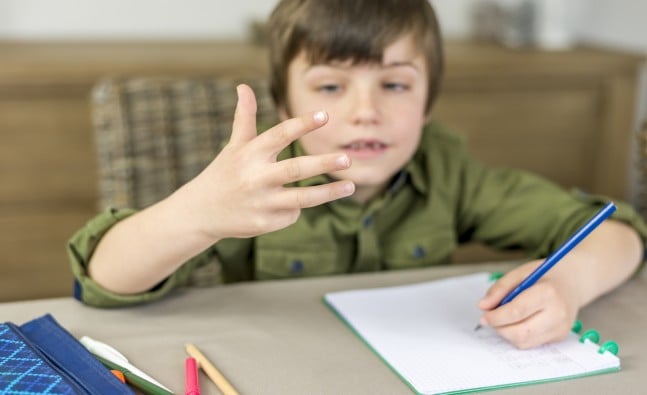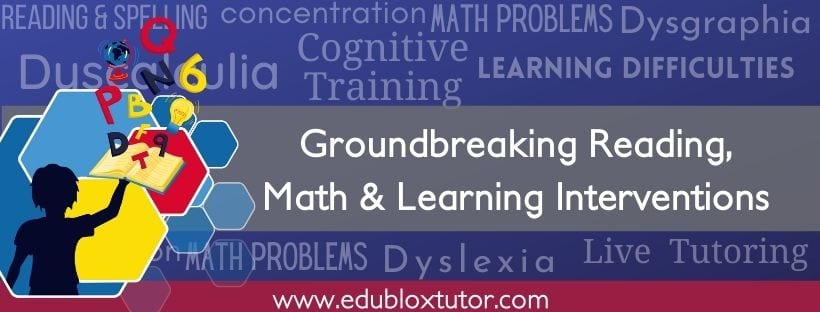 Nonverbal learning disability (NVLD), a poorly understood and often-overlooked disorder that causes problems with visual-spatial processing, may affect nearly 3 million children in the United States, making it one of the most common learning disorders, according to a new study led by Columbia University Irving Medical Center.
Nonverbal learning disability (NVLD), a poorly understood and often-overlooked disorder that causes problems with visual-spatial processing, may affect nearly 3 million children in the United States, making it one of the most common learning disorders, according to a new study led by Columbia University Irving Medical Center.
First study of its kind
The study, the first to estimate the prevalence of NVLD in the general population, was published online in JAMA Network Open.
“NVLD is a huge and hidden public health burden,” said Jeffrey Lieberman, Chair of Psychiatry at the Columbia University Vagelos College of Physicians and Surgeons and Director of the New York State Psychiatric Institute.
What is NVLD?
The name of this neurodevelopmental disorder may be part of the problem: children with NVLD are not nonverbal, as the name suggests, and have no difficulty reading. Instead, children with NVLD have difficulty processing visual-spatial sensory information, which can cause problems with math, executive function, and fine motor and social skills. “Children with this disorder might shy away from doing jigsaw puzzles or playing with Legos,” says lead author Amy E. Margolis, PhD, assistant professor of medical psychology at Columbia University Vagelos College of Physicians and Surgeons. “They may have trouble tying their shoes, using scissors, or learning routes or schedules.”
NVLD was first described in 1967, but it has received little attention compared with other learning disorders. There’s little consensus among physicians on how to diagnose the disorder, and it is not included in the current edition of the American Psychiatric Association’s Diagnostic and Statistical Manual of Mental Disorders (DSM).
Few parents have heard of NVLD. “Most parents recognize that a child who isn’t talking by age two should be evaluated for a learning disorder. But no one thinks twice about kids who have problems with visual-spatial tasks,” says Margolis.
How common is NVLD?
To see how common the disorder is, the researchers analyzed three independent samples of children (ages 6 to 19) in the U.S. and Canada, including a total of 2,596 individuals. Any child with a deficit in spatial reasoning and impairment in two of four domains (fine motor skills, math calculation, visual executive functioning, and social skills) was considered to have NLVD.
The researchers found that 3 to 4 percent of children in each sample met the criteria for NLVD. “When applied to the U.S. population under 18, this translates to approximately 2.2 to 2.9 million children having NVLD,” says coauthor Katherine Keyes, PhD, MPH, associate professor of epidemiology at the Columbia Mailman School of Public Health.
Overlaps with ADHD and anxiety disorder
Many children in the study identified as having NVLD had been diagnosed with attention-deficit hyperactivity disorder (ADHD) or anxiety disorder. “While there is some overlap in symptoms between the two disorders, it’s important to distinguish between them so we can begin to develop interventions for NVLD,” says Margolis.
The researchers plan to submit an application to the American Psychiatric Association to include the disorder in the next (sixth) edition of the DSM. They also plan to propose a new name — developmental visual spatial disorder — to improve understanding and recognition of the disorder.
.
.
Edublox offers cognitive training and live online tutoring to students with dyslexia, dysgraphia, dyscalculia, and other learning disabilities. Our students are in the United States, Canada, Australia, and elsewhere. Book a free consultation to discuss your child’s learning needs.
.

